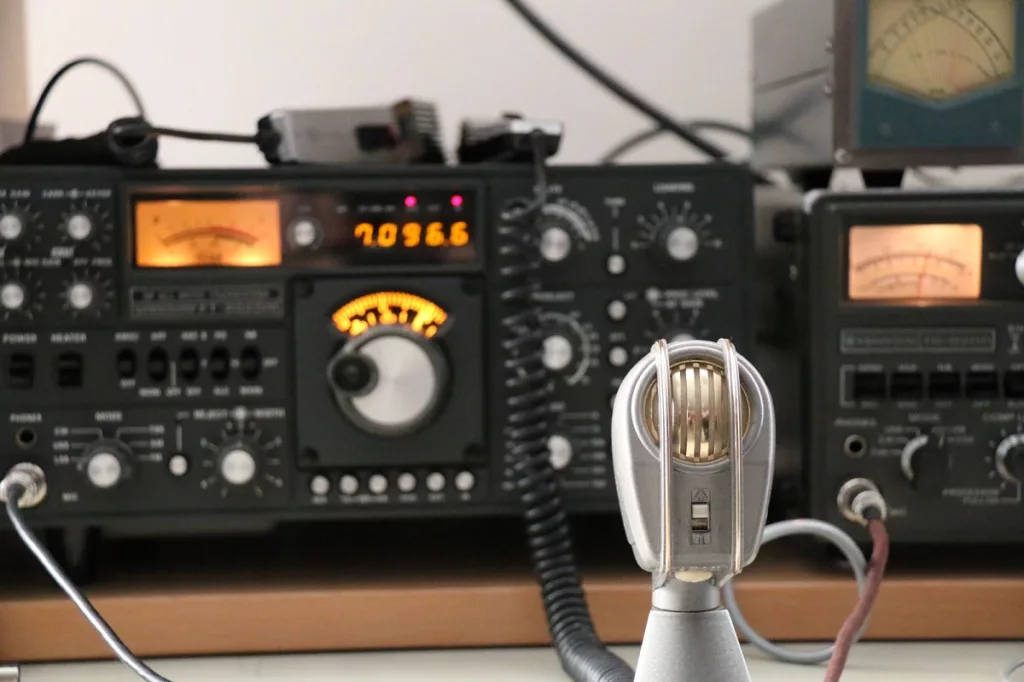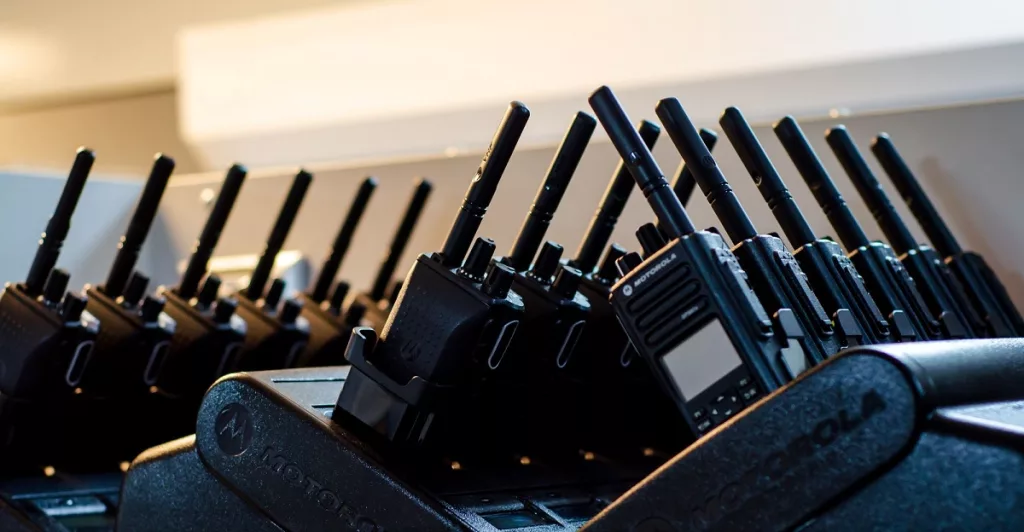Navigating the realm of radio communications can seem daunting, filled with technical jargon and many choices. Among these choices, Citizen’s Band (CB) and 10-meter radios often seem similar, leading to confusion.
However, these radio types are not identical, each having unique attributes that make them suitable for different users and scenarios. In ham radio, the term “10 meters” is commonly used to denote a specific section of the radio spectrum reserved for amateur use.
This article will clarify the differences between these two types of radios, helping readers make an informed decision.

Frequency and Power Output
Operating on different frequencies is the primary distinction between CB and 10 meter radios. Specifically, CB radios utilize 40 channels within the 11-meter band, oscillating between 26.965 MHz and 27.405 MHz. On the other hand, 10-meter radios, true to their name, operate within the 10-meter band ranging from 28.000 MHz to 29.700 MHz.
Not only do these radios operate on different frequencies, but their power output also varies. Standard CB radios are restricted to a maximum power output of four watts. While modifications can enhance this output, such actions are illegal in the United States.
Conversely, 10-meter radios can operate at much higher power levels, potentially extending communication ranges.
Licensing Requirements and User Knowledge
The usage of these two radios also varies in terms of legal requirements. CB radios require no specific licensing, meaning you can purchase one and begin use immediately. However, 10-meter radios mandate an amateur radio license granted by the Federal Communications Commission (FCC).
This license proves the user understands radio operations and protocols, ensuring safe and proper use. Thus, the technical knowledge required to operate a 10-meter radio is higher than for CB radios, making the former more suited to radio enthusiasts and the latter more accessible to casual users.
Benefits and Limitations
Different frequency bands, power outputs, and licensing requirements lead to different benefits and limitations.
CB radios are ideal for short-distance communications due to their lower power output. They’re suitable for personal use, local businesses, and outdoor activities, offering a simple, license-free method of communication. However, the limited range (approximately 3-20 miles, depending on conditions) and the potential for channel congestion in populated areas can be drawbacks.
In contrast, 10-meter radios offer the potential for much longer communication ranges because of their higher power output. They also offer more channels and modes, providing greater flexibility. It makes them an excellent choice for serious hobbyists or those needing long-range communication.
However, the requirement for a license can be a hurdle, and adherence to strict rules and regulations is a must to prevent interference with other users and emergency channels.

Ease of Operation
Operating a CB radio is generally more straightforward than a 10-meter radio. Thanks to its pre-set 40 channels and user-friendly features, a beginner can use a CB radio with little to no training.
On the other hand, 10-meter radios, given their complex functionality and broader frequency band, demand a more profound understanding of radio operations. A CB radio might be a better starting point for those stepping into radio communications.
Modulation Modes
Another distinguishing factor lies in the modulation modes supported by CB and 10-meter radios. CB radios usually only support amplitude modulation (AM) or single sideband (SSB) modulation.
In contrast, 10-meter radios, being more flexible and versatile, support a wider range of modes, including frequency modulation (FM), upper sideband (USB), lower sideband (LSB), and sometimes even digital modes. This flexibility enhances the functionality of 10-meter radios, making them appealing to experienced hobbyists.
Equipment Cost
The equipment cost can also be a significant consideration when choosing between CB and 10-meter radios. CB radios are generally more affordable, given their simplicity and mass-market appeal. They’re less expensive to produce and thus less expensive to purchase.
On the other hand, 10-meter radios, with their advanced features and capabilities, are typically more costly. The price difference reflects the sophistication and versatility of 10-meter radios compared to CB radios.
Community and Culture
Lastly, there’s a distinctive difference in the community and culture surrounding CB and 10-meter radios. CB radio is widely used by truckers and is known for its distinctive dialect and casual chatter. It’s a tool for localized communications with less emphasis on technical prowess.
The 10-meter radio community, however, is more technically oriented, comprising amateur radio enthusiasts who enjoy experimenting with equipment, antennas, and propagation methods. It’s a more global community, with operators often seeking to communicate with as many countries as possible.
Conclusion
Understanding these key differences between CB radios and 10-meter radios is essential for potential users. While they share similarities, their differences in frequencies, power output, licensing requirements, and user accessibility make them suitable for different scenarios. Casual users find CB radios more straightforward, while ham radio enthusiasts prefer the versatility and range of 10-meter radios.











